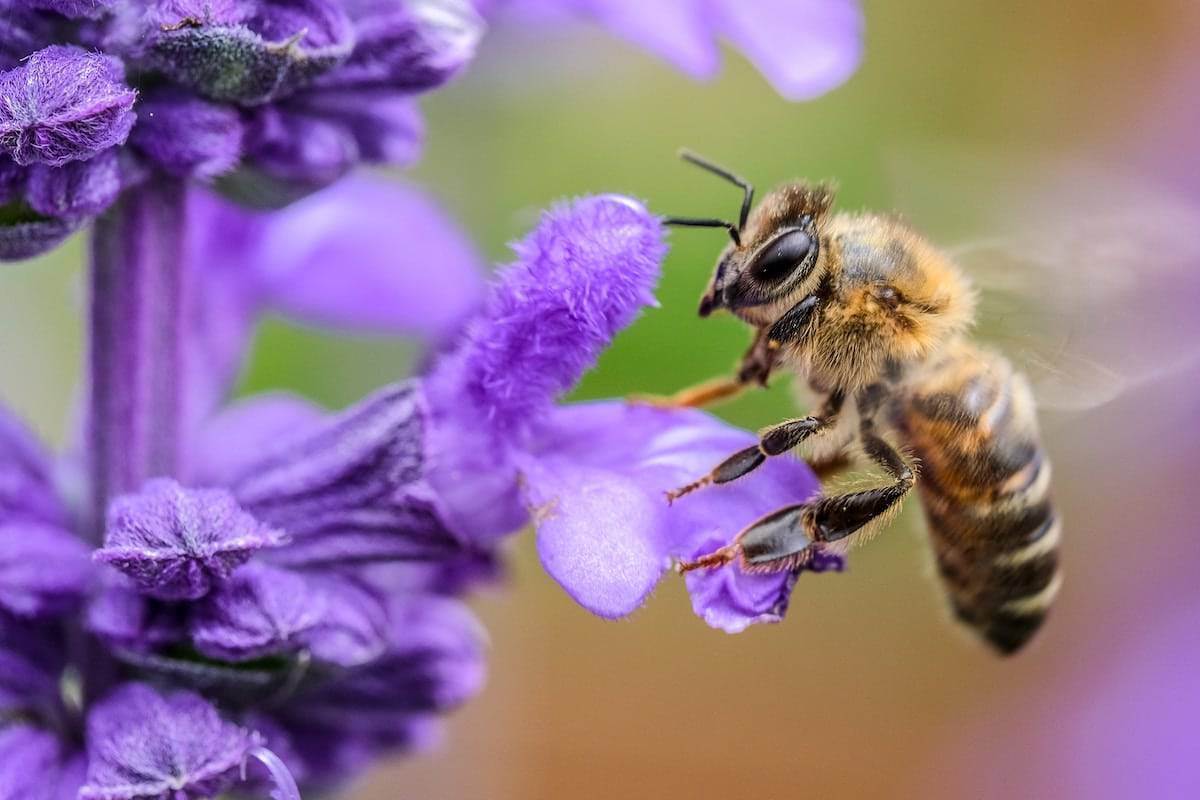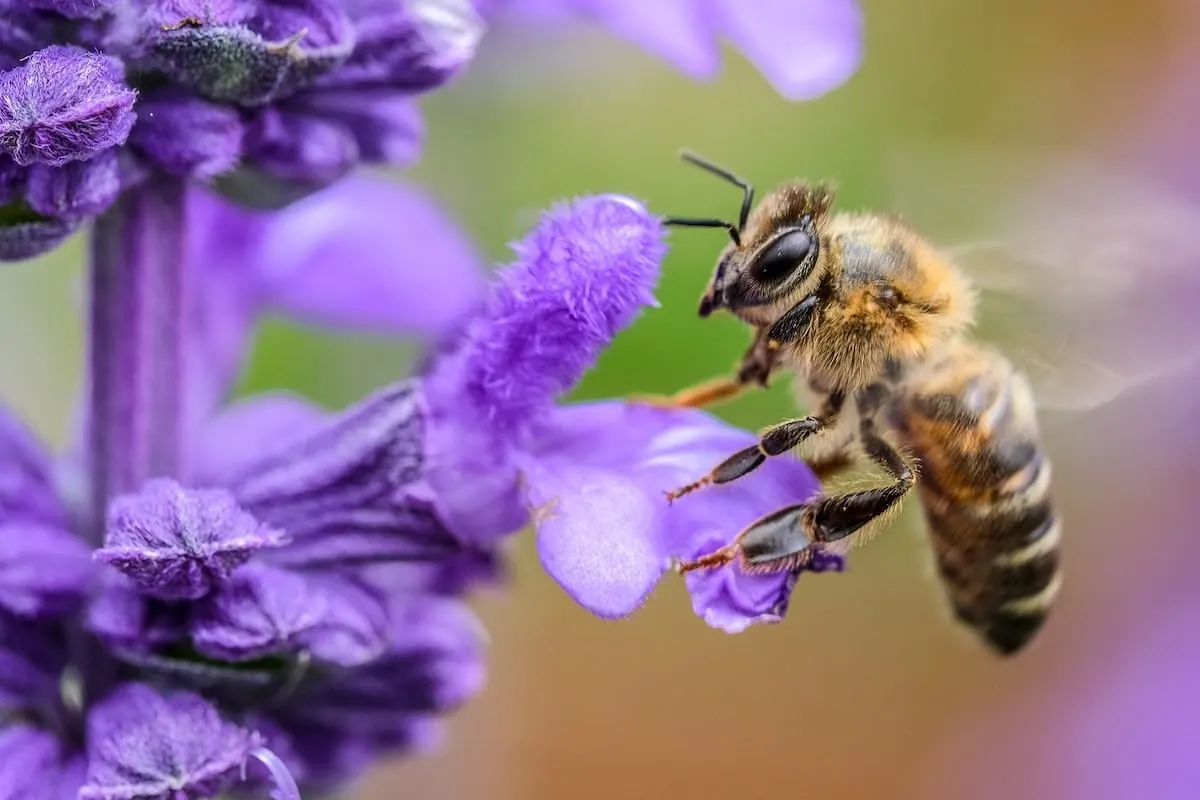Dogs are notorious for their curious culinary choices, but one peculiar habit that leaves many pet owners scratching their heads is their penchant for munching on bees. The sight of a dog chasing a buzzing insect may elicit a chuckle, but have you ever wondered why dogs indulge in such risky behavior? Let’s delve into the mysterious world of dogs and their peculiar taste for bees.
Dogs and Bees: A Bizarre Love Affair

Some dogs seem to relish the thrill of the chase and the crunch of a bee between their teeth. Surprisingly, many dogs can munch on bees without any apparent consequences. Canines possess a remarkable resistance to the venom of bees, allowing them to gobble down these buzzing insects unscathed. The reason behind this resistance lies in the unique composition of a dog’s immune system, which can neutralize the venom, providing a culinary adventure without the sting.
The Spectrum of Reactions: From Nonchalant to Severe
While some dogs may emerge from a bee-chewing session without a care in the world, others can experience a spectrum of reactions to bee stings. Just like humans, dogs can be allergic to bee venom, leading to various responses. Mild reactions might include localized swelling and discomfort, but in severe cases, dogs can face difficulty breathing, hives, or even anaphylaxis. It’s a reminder that even seemingly harmless play can have unexpected consequences for our four-legged friends.
Handling Mild Reactions: A Quick Guide for Pet Parents
If your dog exhibits mild reactions to a bee sting, such as swelling or discomfort, there are steps you can take to ease their discomfort. Begin by removing the stinger with a pair of tweezers, if possible, and clean the affected area with a mixture of water and baking soda. Applying a cold compress can help reduce swelling. Keep a close eye on your furry companion, and if symptoms persist or worsen, consult with your veterinarian for further guidance.
When the Buzz Turns Serious: Emergency Measures
In cases where a dog experiences severe reactions, such as difficulty breathing or anaphylaxis, immediate action is crucial. Contact your veterinarian or an emergency animal poison control hotline without delay. While en route to professional help, administer an antihistamine if advised by your vet, and try to keep your pet calm. Remember, a rapid response can make all the difference in such critical situations.
From Zero to Hero: Dogs and the Unpredictable Sting Saga
Perhaps the most confounding aspect of dogs and bees is the unpredictability of their reactions. Your pup might nonchalantly snack on bees for months without a hint of trouble, only to experience a severe reaction seemingly out of the blue. This unpredictable nature underscores the importance of vigilance for pet owners. Regularly inspect your surroundings for potential bee encounters and consider training your dog to avoid these buzzing temptations altogether.
Wrapping Up with Why Do Dogs Eat Bees
The enigma of why dogs eat bees may never be fully unraveled, but understanding the potential consequences of this curious canine behavior empowers pet owners to navigate the world of stinging insects with greater awareness. From the nonchalant muncher to the pup facing a severe reaction, every dog is unique, and their interactions with bees add a touch of unpredictability to the tapestry of our shared lives. So, the next time you witness your furry friend chasing a bee, remember, that there’s more to this seemingly amusing spectacle than meets the eye.
Thank you for following along with this article –
Next up in the animal kingdom:
- Watch Rare Encounter: The Largest King Cobra in Action in Thailand - April 26, 2024
- Selkirk Rex Cat - April 25, 2024
- Bald Eagle Family Expand Their Nest In California - April 24, 2024



